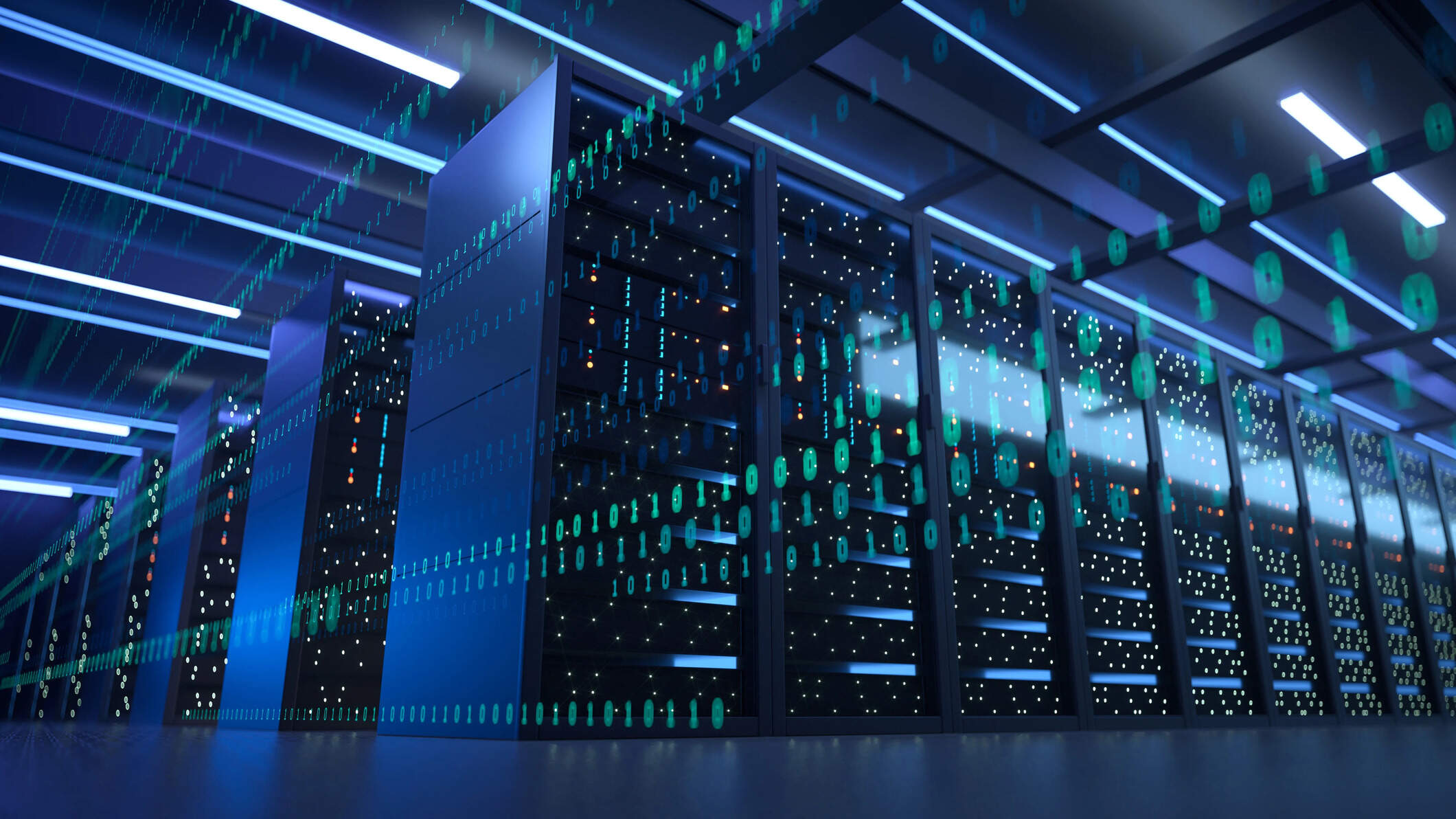Why Efficient Data Processing Matters in Distributed Systems
Handling large amounts of data is no longer limited to giant tech firms or research labs. Today, businesses of all sizes work with complex datasets that need fast and reliable processing. Grid computing has become a go-to solution for many, offering the power of distributed resources without needing one massive supercomputer.
This approach lets organizations combine the processing power of multiple systems spread across different locations. It’s like bringing together a team of workers to tackle a project faster than any one person could manage alone. But with this increased capacity comes the challenge of keeping everything running smoothly, especially when dealing with huge chunks of information.
Speed, accuracy, and coordination are all critical. When done right, grid computing can turn a patchwork of machines into a single, high-performing data engine. That’s what makes it worth understanding how to get the most out of it.
The Building Blocks of High-Performance Data Workloads
Grid computing works by pooling resources—processors, memory, and storage—from several computers. These systems work together on complex tasks, dividing the work and reassembling the results. This setup boosts performance, especially for tasks like modeling, analysis, or processing video or satellite data.
Every task is broken down into smaller jobs that run on different nodes in the grid. These jobs must be well-balanced. If one node finishes quickly but others lag behind, overall performance suffers. This makes scheduling and load balancing key to success.
Smart job distribution allows each node to work at its peak without wasting time or power. It’s not just about speed—it’s also about making sure all pieces of the system pull their weight.
Data Locality Keeps Things Flowing
When systems are far apart, moving data back and forth can slow things down. That’s where data locality comes in. It means keeping the data close to the machine doing the work. This reduces the time spent transferring files and improves processing times.
Imagine a bakery where the ingredients are stored in the kitchen instead of across town. If workers had to drive to get flour every time they baked bread, nothing would get done. The same idea applies to grid systems.
By designing systems where data is stored near the computing resources, performance improves naturally. Less movement means more time spent getting the job done.
Fault Tolerance Keeps Processes Alive
With many machines working together, one or more are bound to fail at some point. Grid computing systems need ways to handle these issues without stopping everything. This is where fault tolerance comes into play.
A fault-tolerant system can detect a problem and recover from it, often without the user even noticing. It might restart a task on another machine or reassign resources to keep things on track. Think of it like a relay race—if one runner stumbles, another jumps in without dropping the baton.
Reliable fault management makes grid systems practical for critical work like medical research or financial analysis, where delays can be costly or even dangerous.
Middleware Makes It All Work Together
Middleware is the glue that holds grid systems together. It handles communication between different parts of the system, manages tasks, and ensures security. Without it, the whole setup would fall apart.
This software acts like a traffic director, deciding where tasks go, monitoring performance, and keeping everything connected. It can also provide tools for users to submit jobs and check results easily.
Good middleware simplifies complex systems. It makes it possible to run powerful data operations without needing a degree in computer science, giving more people access to these tools.
Load Balancing Prevents Bottlenecks
One of the most common issues in distributed computing is uneven load. If one machine gets too much work while others sit idle, the entire process slows down. That’s why load balancing is so important.
Smart systems check how busy each node is and send work where it’s needed most. This not only speeds up processing but also protects hardware from overuse. Balanced workloads keep systems healthy and efficient.
Imagine a kitchen during dinner rush. If one chef is doing everything while others wait around, orders take forever. But if everyone pitches in evenly, the kitchen runs like clockwork. Grid computing works the same way.
Monitoring and Metrics Guide Improvements
Just like any other performance system, grid computing benefits from regular monitoring. Watching how data moves and how resources are used helps administrators fix problems and plan for growth.
Detailed logs show which nodes work well and which ones need attention. These metrics help with future planning, such as deciding where to invest in more hardware or fine-tune performance.
This feedback loop is essential for long-term success. Without it, even well-designed systems can become inefficient over time. Real-time monitoring keeps systems responsive and adaptable.
Security Practices Protect Distributed Data
With data flowing across networks, protecting that data becomes a top concern. Grid computing systems must secure communication, manage user access, and protect sensitive information.
Encryption, user authentication, and access controls all play a role. These safeguards ensure that only the right people access the right data. They also protect against threats like hacking or accidental data leaks.
Whether handling medical records, scientific data, or financial information, strong security builds trust. A secure grid system encourages more users to share resources and collaborate freely.
Scalability Supports Growing Demands
One strength of grid computing is how well it scales. As workloads increase, more nodes can be added to share the load. This flexibility means the system can grow with the needs of the organization.
Adding new resources doesn’t require starting from scratch. Instead, the grid adjusts to include new machines, expanding its power and reach. This ability to scale makes it perfect for industries that experience surges in demand.
Think of it like adding new checkout lines at a busy store. More lines mean faster service, and happy customers. In computing, more nodes mean faster results, and smoother operations.
Consistent Performance Fuels Long-Term Projects
Grid computing isn’t just for short bursts of processing power. It also supports long-term, large-scale projects that need consistent results over time. Fields like climate modeling or genomic analysis rely on steady, reliable processing.
By distributing tasks and managing resources carefully, grid systems maintain stable performance day after day. They can run around the clock, delivering results without constant oversight.
This reliability turns grid computing from a helpful tool into a foundational part of research, science, and data-driven industries. When teams can count on steady output, they can plan and execute with confidence.



